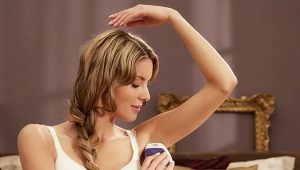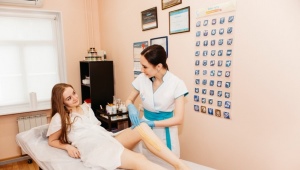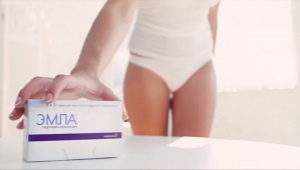Pain relief during epilation

For most women, hair removal is a rather painful but necessary procedure. Because of this, many sacrifice themselves, endure torment and inconvenience. How to debunk the myth that beauty requires sacrifice? Yes, it is very simple: to carry out anesthesia before the procedure!
What is epilation?
To begin with, let's define the term and figure out how epilation differs from depilation. Epilation is the removal of hair along with the hair follicle. During depilation, the hair follicle is preserved. In the future, the hairline grows very quickly and becomes hard. This procedure includes shaving and applying depilatory creams.

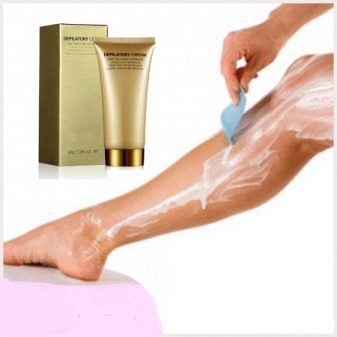
After epilation, the skin remains smooth for a long time. And when the hair begins to grow, their structure becomes softer and their number is significantly reduced.
This procedure includes:
- electrolysis;
- laser;
- sugaring;
- photoepilation;
- wax;
- elos;
- ultrasound;
- enzyme;
- blend method;
- flash method;
- sequence blend;
- sequence flash;



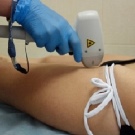
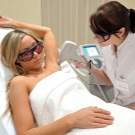
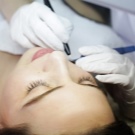
Professional Pain Relief
If you have a fairly low threshold of pain sensitivity and want to anesthetize the epilated skin area, use professional medications. They are divided into several groups:
- external use;
- for oral administration;
- for parenteral administration;
- epilator with nozzles.


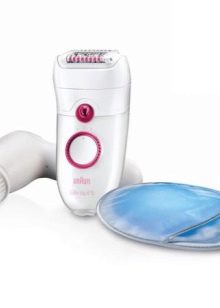
For external use, "freezing" sprays, ointments and gels are used. Most often they are produced on the basis of lidocaine. It is a local anesthetic that blocks the conduction of pain impulses along the nerve fibers.
There is a certain algorithm for using such funds:
- before use, be sure to steam the area on which you decide to remove the hairline;
- dry the skin thoroughly;
- apply cream, spray or gel in a thick layer;
- cover the area with cling film or an occlusive dressing. This will prevent air and water from entering the treated area;
- leave the bandage for 2 hours so that the anesthetic has time to penetrate the skin;
- remove the bandage, remove the remnants of the product;
- treat the skin with an alcohol-free disinfectant;
- start the procedure.
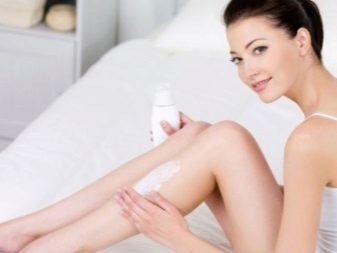
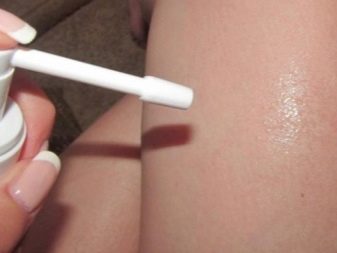

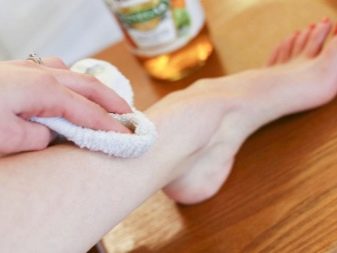
Lidocaine is a drug that often causes allergies. If you have had an allergic reaction to this drug or its analogues in the past, refrain from using it again.
If you have resorted to his help for the first time, consult a doctor or do an allergy test. To do this, apply the product used on a small area of \u200b\u200bthe wrist and observe. If there is no redness or itching on the skin during the day, then you do not have an allergy. You can use this drug. Otherwise, if the above symptoms appear, this remedy is contraindicated for you.
In addition to individual intolerance, lidocaine has other contraindications:
- disorders in the work of the cardiovascular system;
- diseases of the liver, kidneys;
- age under 11 years old.
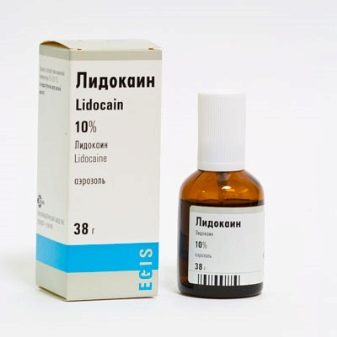
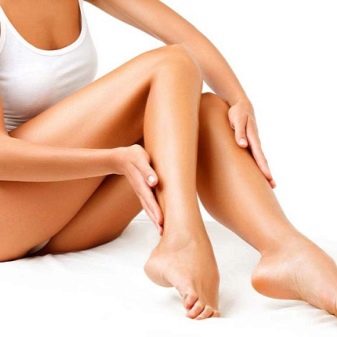
Symptoms of lidocaine intolerance:
- general malaise;
- disruption of the heart, decreased pressure, shortness of breath;
- nausea, vomiting;
- pain, feeling of heat at the site of application of the drug;
- allergic reactions local and general.

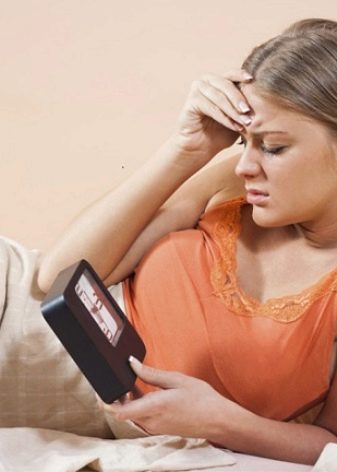
In the form of a spray, a 10% solution of lidocaine is used. If it is not available at the pharmacy, ampoule forms are used. To do this, the solution from them is poured into any container with a spray bottle.
Currently, given the side effects and contraindications to lidocaine, he has a good alternative - prilocaine. It has the same effect, but more gently, and does not give such complications as lidocaine. In addition, it acts specifically on skin receptors, while lidocaine has a greater effect on the mucous membrane.
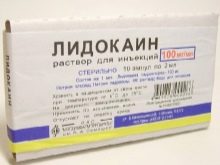


Ointment and cream "Emla" It's just a combination of lidocaine and prilocaine. Its effect lasts for 2 hours. There is also a patch with the same name. But given its small area, it is used to remove hair on the face and in the armpits. Also, for anesthesia from external agents, special napkins are used.
Means for external use are contraindicated if there is damage to the skin.


For parenteral, that is, injection administration, they are also used lidocaine solution, only 2%. It is administered subcutaneously. But this procedure should be carried out only in the cabin. It must be carried out by a specially trained person with a medical education.
Of the drugs used orally, use non-steroidal anti-inflammatory drugs: diclofenac, ibuprofen. There is a combination of NSAIDs and a sedative: tempalgin. Do not forget about analgin.
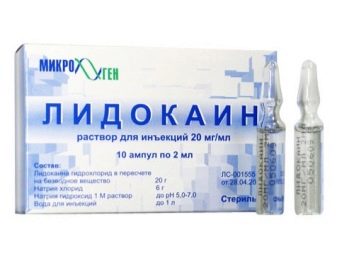
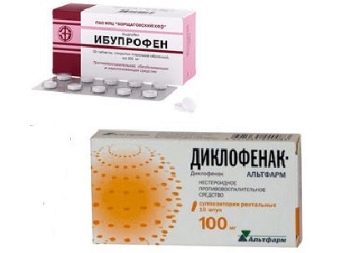
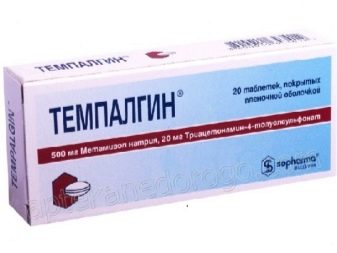
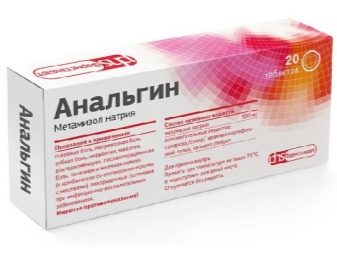
The last group of painkillers, the easiest to use, are painkillers for the epilator. There are 3 types of such nozzles that can reduce pain:
- cooling: before use, it must be frozen by putting it in the freezer. It will produce a cooling effect and prevent irritation;
- thinned discs: due to the smaller area, fewer hairs are pulled out at once;
- massage: kneads the skin, which also blocks the transmission of nerve impulses.
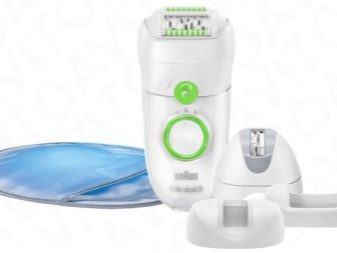
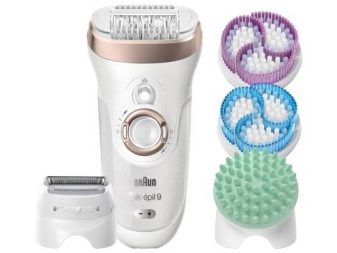
Laser hair removal is completely painless. But this is a salon procedure, and it is quite expensive. Also, do not use an anesthetic during depilation, as the hair follicles remain in place.
The only method that allows permanent hair removal is electrolysis. It is carried out using a discharge of electric current, which is sent to the hair follicle. This is a painful procedure, so it requires painkillers. Most often, sprays, ointments, and lidocaine injections are used for electrolysis.
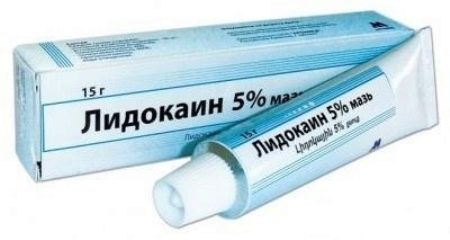
How to do without special tools?
If you have contraindications to the use of pain relief medications, use non-professional methods. Of course, they are not as effective, but still help to slightly reduce discomfort.
Women's tricks that will help relieve the pain of the hair removal procedure:
- if you use wax strips, remove them quickly, with a sharp movement of your hand;
- do not perform the procedure during menstruation, as the pain threshold during this period is especially reduced. The most suitable time is a week after the last day of menstruation;
- breathe the pain.Do the most painful manipulation during a deep breath;
- before epilation, steam the skin well: take a hot shower or put a warm compress;
- using a scrub before hair removal will also reduce soreness;
- the procedure is best done in the evening, so that the skin calms down overnight;
- pre-make a light massage of the treated area.
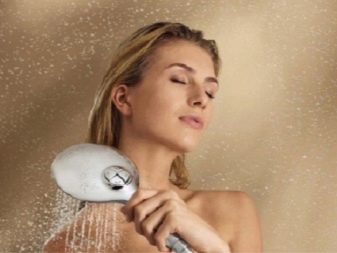

Before this manipulation, it is not recommended to cool the skin. This will lead to muscle spasm, and the pain will only intensify. But after the procedure, the cold is appropriate. It will prevent the formation of puffiness and irritation. Do not wipe the skin at the beginning of epilation with alcohol-containing substances: they thicken it, and hair removal becomes difficult. At the end of the procedure, you can treat the site of exposure with alcohol for disinfection. These recommendations apply to areas of the body with reduced sensitivity. For more delicate areas, it is still better to use medicines.
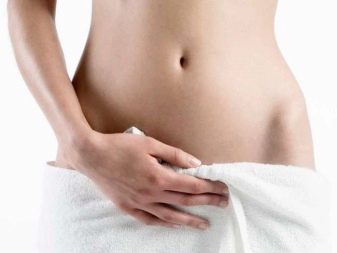

Anesthesia at home
If you decide to carry out the epilation procedure at home, almost all methods of pain relief are suitable for you. These can be external agents applied to the skin, as well as tablet forms. The main thing is to read the instructions and make sure that there are no obstacles to their use. Use drugs in combination with external methods. This will increase their efficiency.
Parenteral administration of an anesthetic at home is not recommended. In this case, the risk of complications is high. But if you still decide to take this desperate step, it is better that you are not alone at home.

Great for self hair removal epilator with special anesthetic nozzles. The epilator head may consist of discs or tweezers. The discs spin, capture the hair and remove it. The tweezers catch the hairs that fall into the loops. This device can have several speeds of operation.
Using a low speed will prolong the procedure time but make it less painful. Some models allow you to turn on only a part of the available disks. It is very convenient for the treatment of particularly painful areas. First, the epilator will remove the main vegetation using several discs. Then, connecting the rest, it will clean the surface of the skin from hair to the end.

Advantages of epilators:
- Long lasting effect after use. The device removes hair along with the root. Because of this, the bulb weakens, the hair grows thin and weak. You may not think about a second session for at least a week.
- Compactness. Its small size allows you to take the epilator on trips. Batteries are especially convenient.
- Speed in use. Just 15 minutes - and your legs are perfectly smooth.
- Profitability. By paying a certain amount upon purchase, you save yourself from further costs.
- Using different speeds will make the procedure less painful.
- Special nozzles will also help reduce pain. In addition, you do not need to wait several hours for the product to be absorbed, as is the case with creams, ointments, sprays.
Such a number of positive qualities makes this device one of the most popular hair removal methods.
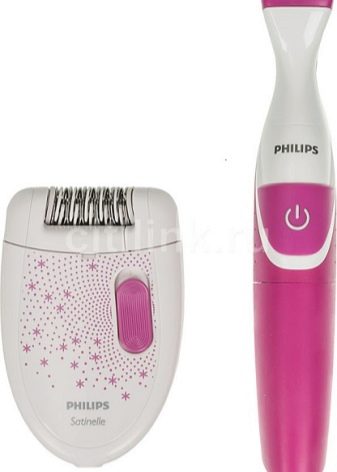
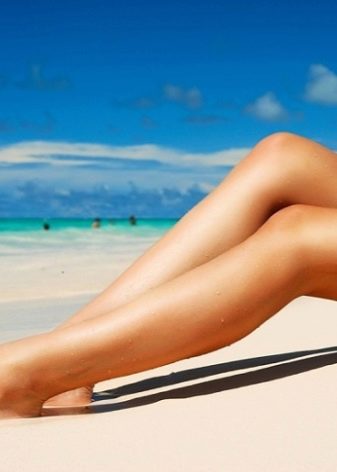
Bikini Hair Removal Tips
This is the most tender and sensitive part of the body. Therefore, epilation in this area is especially painful. To negate these unpleasant sensations when removing hair in the groin area, all the same methods listed above are applied.
You can take a painkiller pill. Of the external methods, it is recommended to use creams, gels and sprays. But they should be used with caution. Due to the increased sensitivity of the inguinal zone, allergies and irritations to anesthetics are most often manifested in it. Before use, first apply the cream on the skin in the elbow bend and check the reaction.
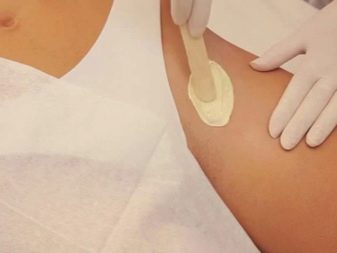
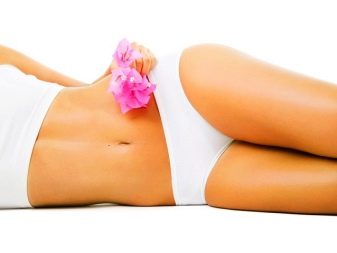
Also, for the bikini area, it is better to use preparations without lidocaine or with a small percentage of it. It could be cream. "Emla", which includes not only lidocaine, but also prilocaine, which is milder in its action. Cream Light Dep radically different in composition from Emla. It is water-based and contains castor oil, which helps to moisturize the skin.
The anesthetic is anestoderm. The cream begins to act 1 hour after application, the effect lasts for 4 hours. Purchase these funds only in pharmacies. Avoid dubious, little-known companies and do not chase cheap products, in most cases they do not have the desired effect.
An epilator with special nozzles will help to make epilation in the bikini area painless.
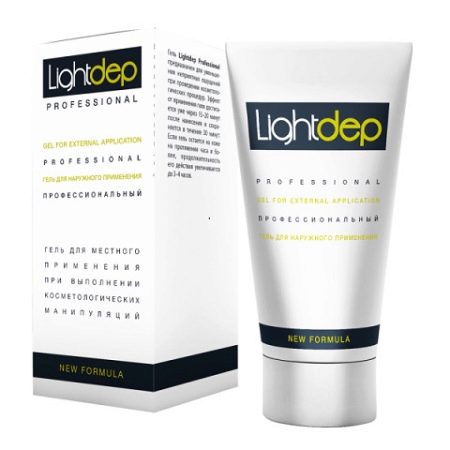
For sensitive areas, a specially designed attachment for the bikini area is suitable. It has a depression in the middle and provides targeted hair removal. The water nozzle allows manipulation during water procedures.
On the day of epilation in the bikini area, try not to wear pants. This will prevent mechanical effects on the skin and prevent irritation from developing. If the hairline is long enough, it should be shortened slightly with scissors. During the procedure, try to stretch the skin. This will reduce pain.At the end, put cold on the treated area to relieve redness, pain and swelling. Do not take a hot bath for the next 2 days.


Reviews
Most women who undergo this procedure agree that for the first time it should still be done in the salon. In the future, when the epilation is not so painful, you can do it yourself.
As for the specific painkiller, here everything is individual. There are quite a lot of positive reviews about creams, as well as a spray based on lidocaine. Girls are delighted with the epilator. Some are of the opinion that the use of painkillers carries a psychological underpinning. That is, this is just self-hypnosis, nothing more. How many people, so many opinions. What suits one is contraindicated for another. It is better if you try several means on yourself, then you can choose the most suitable option for you.
The main thing is to purchase painkillers from trusted manufacturers and strictly follow the instructions for use. Only in this case you will be able to achieve the proper result.
For tips on pain relief during hair removal, see the following video.






















